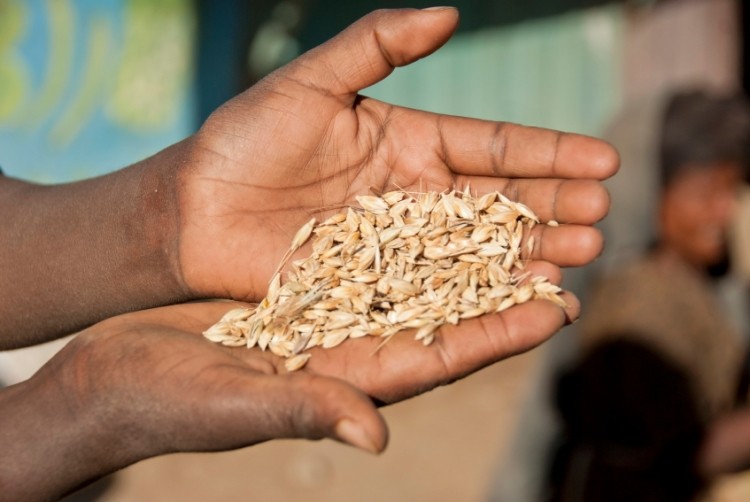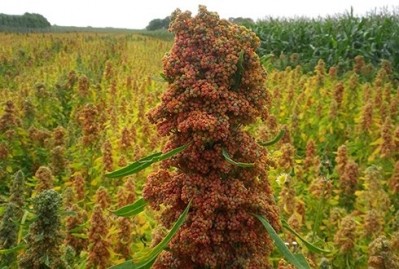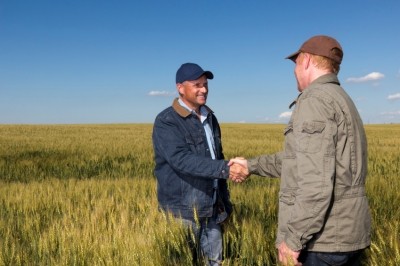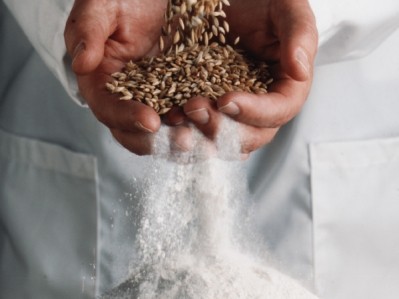Market potential: Is teff worth a punt?

Speaking to Milling & Grains, Cynthia Harriman, director of food and nutrition strategies at the Whole Grains Council, said the grain was being experimented with among western breeders and farmers.
While the grain was traditionally used to produce Ethiopia’s staple injera flatbread and large-scale production remained largely confined to Ethiopia and Erithrea, Harriman said it was now being successfully cultivated in Spain, Portugal, Greece and the US in areas where conditions were conducive to production.
“In the West, the grains we are most dependent upon, such as wheat, maize and rice, have been bred to do well with a great deal of coddling –with lots of fertilizer, pesticides and water. This is all well and good when those inputs seem inexhaustible, but grains like teff are much more sustainable.”
She said teff was already moving beyond its traditional uses as an ingredient in pancakes, snacks, breads, cereals and many other products, and particularly those targeting the gluten-free market.
What is teff?
Teff (or eragrotis tef) is a nutrient-dense, ancient gluten-free grain with a nutty flavor that contains high amounts of calcium and essential amino acids (around 14%)
Survival instinct
Research carried out by the World Bank showed teff could grow in a range of environments and was currently cultivated under diverse agro-climatic conditions – from sea level up to 2800m and temperatures ranging from 10°C27°C, explained Harriman.
The tiny grain was relatively immune to the negative impact of droughts and flooding, compared to most cereal crops, she said, and was equally robust in anaerobic conditions.It was also the fastest-sprouting of all grains and up to four crops could be grown annually in some areas, she added.
“One thing that makes teff stand out among grains is its ability to grow well in both dry and waterlogged soil - a handy trait as we see more extremes in weather events in many parts of the world. Since the main threat to teff is frost, rising temperatures will be in its favor.”
In certain conditions teff could thrive without application of pesticides and fertilizers, as it had fewer problems associated with pests and disease compared to other crops in Ethiopia, Harriman said. As such, she said it was considered a reliable, low risk cereal.
“It is said to be highly resistant to pests and disease. In part this may be because it is not grown in large monocrop swaths in most places where it’s grown since monocrop farming provides an easy feast for crop-specific pest,” she said.
Life-style crop
Ethiopians often used teff as a ‘rescue’ crop, when other cereals failed in poor conditions, and Dr Zerihun Tadele at the Institute of Plant Sciences in Switzerland said the same principle could be adopted in the west.
“The benefits of growing teff in the west would be in areas where major crops such as maize could not be cultivated due to climatic and soils related constraints especially in moisture limited areas,” he said.
However, he explained that since teff was traditionally cultivated in tropical areas with equal day and night conditions, high yields might not be expected outside the tropics during the summer season with daylight for up to 16 hours.
Nevertheless, Tadele said there was huge potential for teff in global markets as a ‘life-style crop’ - mainly due to its health benefits – although the high cost of teff flour and associated products at the moment could impede further production in western countries in the short-term.
“In the USA, due to the presence of high numbers of Ethiopians, teff flour and/or injera are sold at a reasonable price. In Europe, since they target consumers with gluten-related problems, they ask for a very high price. In Switzerland, 800 g teff flour costs 13 Swiss Francs.
However, this might change in the future when the cultivation and distribution of teff are optimized.”










